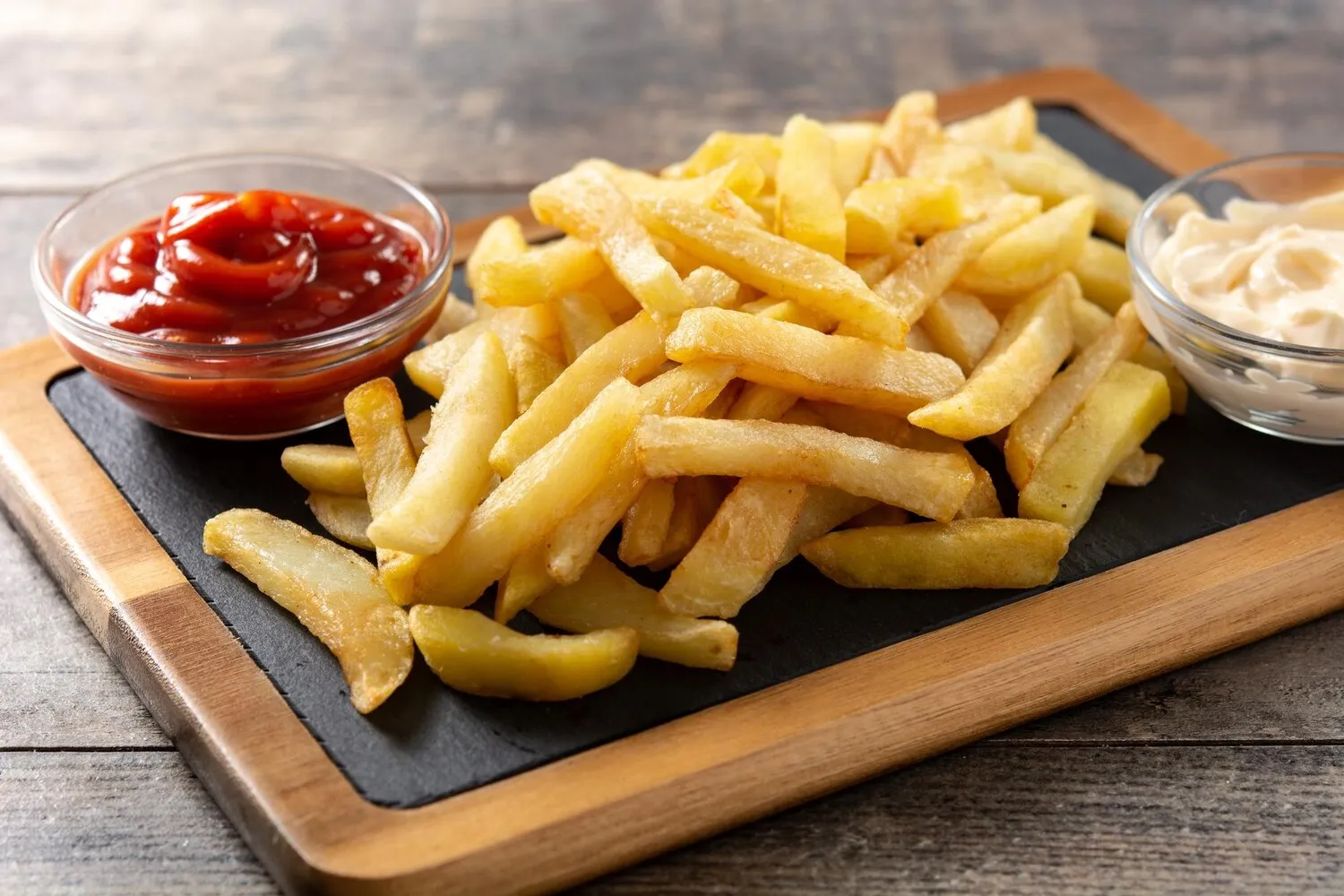
Coleslaw
Traditional Eastern North Carolina coleslaw, typically made with vinegar and pepper.
Nutrition Facts
* The % Daily Value (DV) tells you how much a nutrient in a serving of food contributes to a daily diet. 2,000 calories a day is used for general nutrition advice.
Coleslaw's origins can be traced back to the Dutch term 'koolsla,' meaning cabbage salad. It evolved from a simple dish of shredded cabbage dressed with melted butter, vinegar, and oil, brought to America by Dutch settlers in the 18th century. Over time, it transformed, incorporating mayonnaise-based dressings and other vegetables like carrots and onions.
Coleslaw is a ubiquitous side dish, particularly in American cuisine, often associated with barbecues, picnics, and casual dining. Its versatility and affordability have made it a staple.
American Barbecue Staple
Coleslaw is a classic accompaniment to barbecued meats, offering a cool and refreshing counterpoint to the richness and smoky flavors of ribs, pulled pork, and brisket.
Picnic and Potluck Favorite
Its ease of preparation and portability make coleslaw a popular choice for picnics, potlucks, and other outdoor gatherings.
Regional Variations
Different regions have their own unique takes on coleslaw, with variations in the type of dressing (mayonnaise-based, vinegar-based, or sweet) and the addition of ingredients like apples, pineapple, or nuts.
Coleslaw offers a refreshing balance of flavors, typically a combination of creamy, tangy, and subtly sweet, complemented by the crisp texture of raw vegetables.
The dominant flavors depend heavily on the dressing. Mayonnaise provides the base creaminess, while vinegar (or lemon juice) introduces a necessary tang to cut through the richness. Sugar adds a touch of sweetness, and ingredients like mustard, celery seeds, or horseradish can contribute subtle complexities. The vegetables themselves—shredded cabbage (usually green, sometimes red), carrots, and occasionally onions—offer a crisp and slightly sweet flavor that contrasts beautifully with the creamy dressing.
Proper Vegetable Preparation
Shred the cabbage and carrots thinly and evenly for optimal texture and dressing distribution. Consider salting the shredded cabbage and letting it sit for 30 minutes before draining off the excess liquid to help soften it and reduce its bitterness.
Dressing Consistency
Adjust the dressing to your liking by adding more mayonnaise for creaminess, vinegar for tang, or sugar for sweetness. Allow the coleslaw to sit for at least 30 minutes (or preferably longer) after adding the dressing to allow the flavors to meld and the vegetables to soften slightly.
Preventing a Soggy Coleslaw
To avoid a soggy coleslaw, drain the shredded cabbage and carrots well before adding the dressing. Prepare the dressing separately and add it just before serving. Consider using a slightly thicker dressing to prevent it from separating.
Explore additional Side Dish dishes and restaurants
Explore Side DishDiscover top dining spots and culinary experiences in Raleigh.
Explore RaleighLearn more about the food culture, restaurant scene, and culinary heritage of United States.
Explore United States
